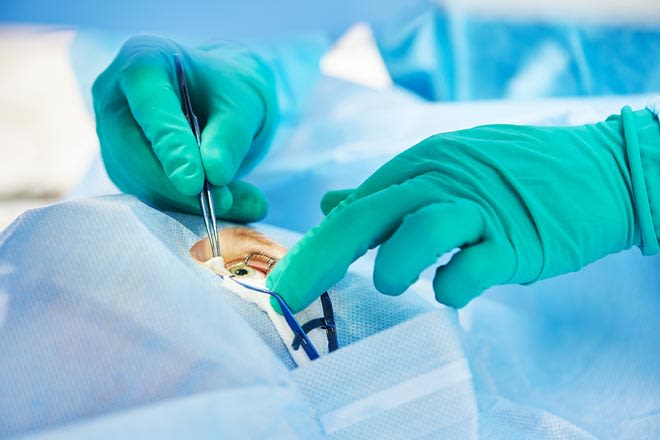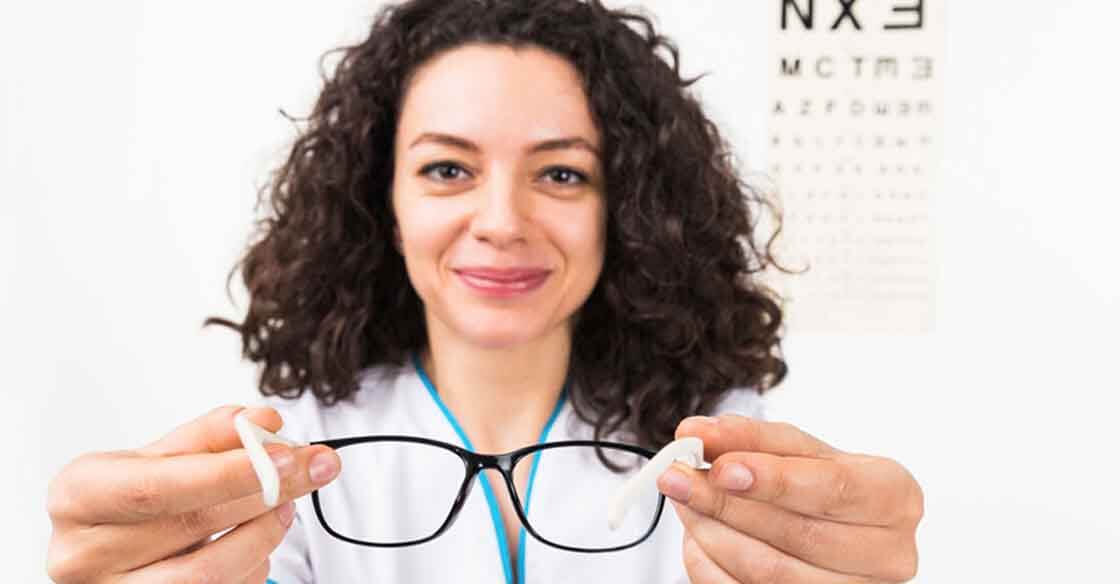Your Local Eye Doctor Optometrist: Devoted to Clear Vision in Riverside
Your Local Eye Doctor Optometrist: Devoted to Clear Vision in Riverside
Blog Article
The Comprehensive Eye Exam: What to Anticipate Throughout Your Visit to the Eye Doctor
A visit to the eye doctor for a detailed eye examination is greater than a routine examination; it is a vital action in safeguarding your visual health. From the first discussion of your case history to the accuracy of the aesthetic skill test, each part of the exam serves a certain function. However what precisely happens throughout the eye health and wellness evaluation, and exactly how does it influence the prescription process? Comprehending these aspects is essential for those that desire to maintain ideal eyesight. As we explore each part, the relevance of follow-up referrals will also become clear.
Initial Assessment
The initial appointment during an eye test serves as an important foundation for recognizing an individual's visual health and wellness needs. This phase sets the tone for the whole examination procedure, enabling the eye doctor to gather essential information regarding the client's case history, way of life, and specific vision worries. By carefully assessing any pre-existing problems, medicines, or previous surgical procedures, the eye treatment professional can customize the evaluation to address specific demands effectively.

In addition, the first appointment is a possibility for patients to voice any worries or concerns, promoting a collaborative connection with their doctor. This communication not just makes certain that the patient feels educated and comfy yet additionally encourages them to get involved actively in their eye health monitoring. Jointly, these discussions enable the eye doctor to create a personalized exam strategy, making sure optimum treatment and precise diagnosis.
Aesthetic Skill Test
Kicking off the core parts of an eye assessment, the visual skill examination is made to examine the intensity and clearness of a patient's vision. This essential examination helps determine exactly how well an individual can discern letters or icons at a standard distance, usually using a Snellen graph (Eye Doctor). The chart makes up rows of letters that lower in size from top to base, with the client placed at a customary distance of 20 feet
Throughout the examination, the patient is asked to cover one eye and check out aloud the tiniest line of letters they can see clearly. This process is duplicated for the various other eye. The outcomes are tape-recorded as a portion, with 20/20 vision showing normal visual skill-- where the patient can see at 20 feet what a person with normal vision can see at that distance.
The visual skill examination additionally identifies possible refractive mistakes such as astigmatism, hyperopia, or nearsightedness, which might demand corrective lenses. By establishing a standard of aesthetic efficiency, the examination is an important analysis device that helps the eye treatment specialist in creating a suitable therapy strategy customized to the person's unique visual needs.
Eye Health And Wellness Evaluation
Adhering to the aesthetic acuity test, a comprehensive eye wellness evaluation is conducted to guarantee the general well-being of the eyes. This crucial sector of the eye examination includes a complete assessment of both the inner and outside frameworks of the eye.
Next, focus changes to the interior frameworks. With using ophthalmoscopy or fundus digital photography, the retina, optic nerve, and blood vessels are meticulously examined. This step is essential for recognizing conditions such as retinal detachment, glaucoma, or diabetic person retinopathy. In a lot of cases, pupil extension is done to boost visibility of the inner eye frameworks, although this may lead to temporary light sensitivity for the client.
Additionally, intraocular stress is measured to screen for glaucoma danger. This is generally done using tonometry, which can find elevated pressure levels that might recommend prospective damage to the optic nerve. Jointly, these analyses create an extensive analysis to maintain ocular health and wellness.
Refraction and Prescription
Just how does one make certain optimal vision? A vital action depends on the procedure of refraction and getting an exact prescription. Refraction is a sophisticated procedure conducted by eye care professionals to determine the accurate lens power needed to fix refractive errors such as myopia, astigmatism, presbyopia, and hyperopia. The objective of this procedure is to evaluate exactly how light bends as it goes through the eye, allowing the practitioner to determine whether rehabilitative lenses are necessary for improved aesthetic skill.
Throughout the refraction process, the person is asked to browse a phoropter, a tool which contains various lenses. The professional will systematically alter these lenses and ask the person to contrast clarity in between choices up until the ideal possible vision is achieved. This procedure is important in crafting an accurate prescription that defines the ideal lens power for glasses or call lenses.
The prescription stemmed from this procedure not only maximizes vision but also works as a structure for selecting suitable restorative glasses. It is important to make sure that prescriptions are on a regular basis updated, as changes in vision can take place gradually, emphasizing the relevance of routine eye assessments. This careful attention to information helps preserve clear, comfortable vision in life.
Follow-Up Recommendations

Throughout a follow-up see, the eye medical professional get more will conduct a series of examinations to evaluate aesthetic acuity and check for any type of modifications in vision that could demand an upgrade to the prescription. Furthermore, the follow-up supplies a chance to talk about any type of pain or concerns experienced with current glasses. Modifications can be made to ensure convenience and efficacy, whether through lens alteration or frame adjustments.
For patients with continuous problems such as glaucoma, diabetes-related eye concerns, or macular deterioration, even more constant follow-ups might be required. These consultations are important for taking care of and possibly slowing the development of eye illness. visit this page Sticking to these referrals can dramatically add to maintaining aesthetic health and avoiding lasting complications.
Final Thought
The comprehensive eye exam is a crucial process for keeping aesthetic wellness, encompassing a comprehensive evaluation of clinical background and vision problems. Trick components include the visual acuity test, which assesses vision clarity, and the eye health and wellness analysis, which takes a look at the total problem of the eyes.
A visit to the eye physician for an extensive eye examination is more than a routine examination; it is a critical action in securing find out here your visual wellness.Kicking off the core elements of an eye examination, the visual skill examination is developed to assess the intensity and clearness of a person's vision.Adhering to the aesthetic skill test, a detailed eye health assessment is performed to guarantee the general wellness of the eyes. These brows through enable the eye care professional to monitor adjustments in vision, update prescriptions, and assess the total health and wellness of the eyes. Secret parts consist of the aesthetic skill test, which evaluates sight clearness, and the eye health and wellness evaluation, which analyzes the overall problem of the eyes.
Report this page